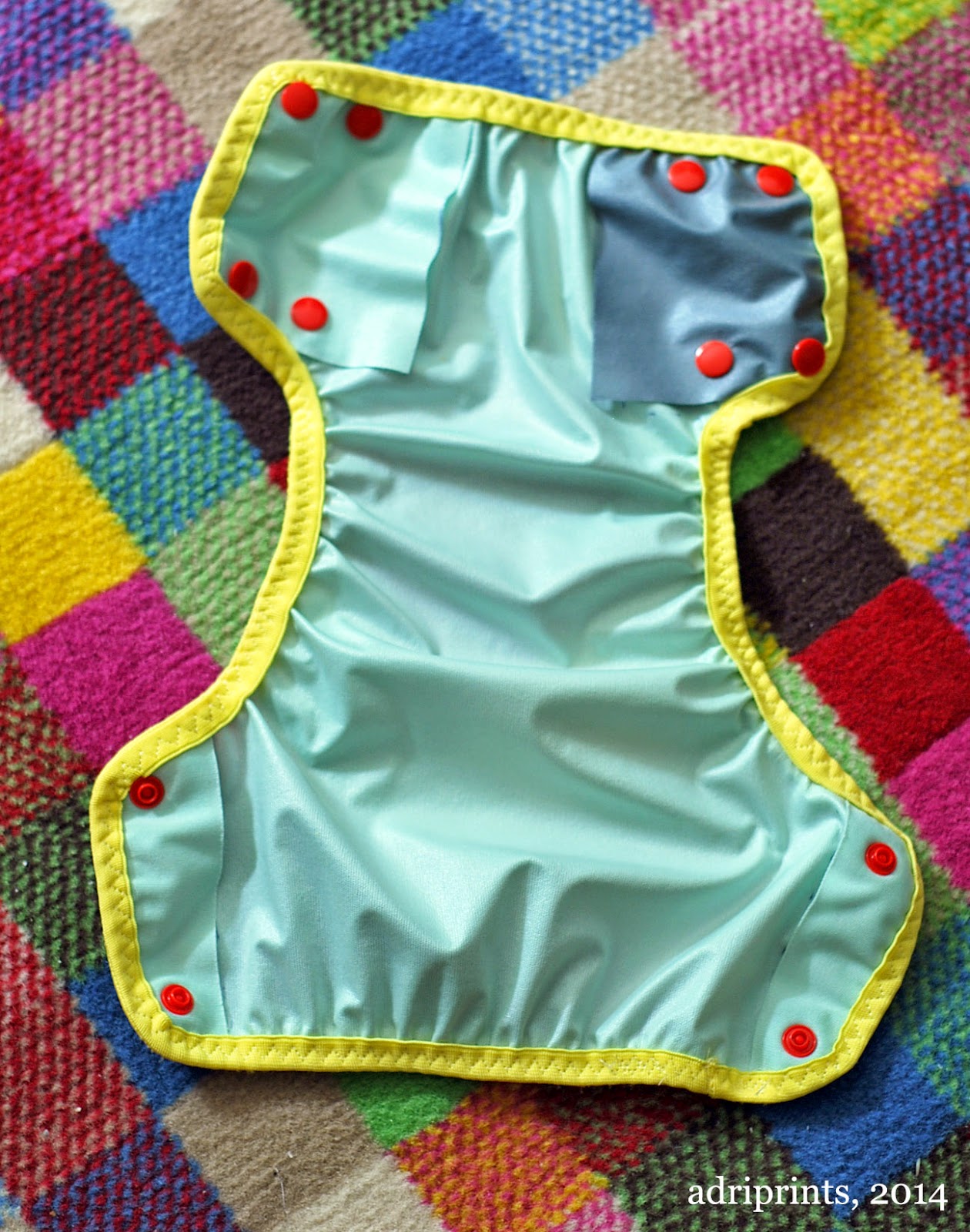This past month, I've been working on a fairisle pattern and accompanying hand-out for a class I'm teaching on traditional fairisle techniques. I've taught the class twice before, but I was taking over someone else's class after they were too sick to teach. The orginal instructor had chosen a very thin yarn to do the colorwork, but now that I'm teaching it again I asked to switch to a thicker yarn. Here is where Rowan Fine Tweed steps in. It's pre-felted, slubby, thick/thin colorful yarn, and best of all, it's tweedy!! I love tweedy yarns.
Then once I configured my numbers, I designed the schematic for the vest and cast-on. Since this one is steeked, I cast on in the round with extra steek sts at the center front...
The tweedy felted yarn won't just unravel, so I knew it would be okay to knit from the steeked edges. I'll post photos when I get the photos onto the computer...
...and if you're in Munich in February, and are interested in learning fairisle techniques, be sure to sign up for my class at die Mercerie!
I'm getting back into the knitted swing of things, and warming up by writing a new fairisle pattern replete with oodles of simple motifs and steeks!
So far, here's my progress with this little vest...
First my swatch using the least used colors (two of the contrasting colors)...
First my swatch using the least used colors (two of the contrasting colors)...
Halfway through, I realized my row gauge had relaxed and I re-configured my numbers to be sure that the lengths would work out.
Then, after washing/blocking, I steeked the center sts!
The tweedy felted yarn won't just unravel, so I knew it would be okay to knit from the steeked edges. I'll post photos when I get the photos onto the computer...
...and if you're in Munich in February, and are interested in learning fairisle techniques, be sure to sign up for my class at die Mercerie!






















































